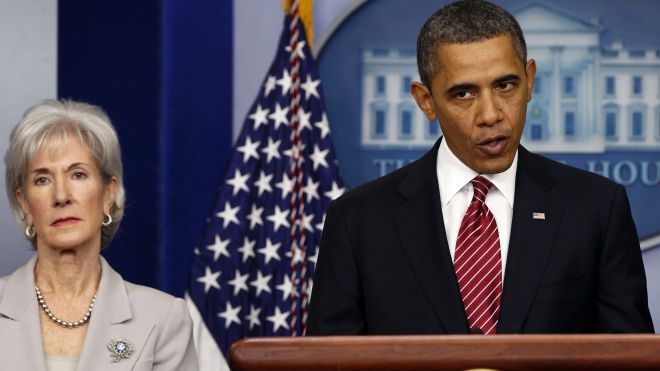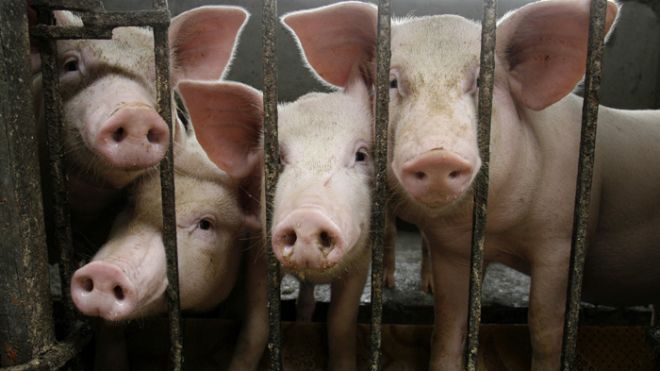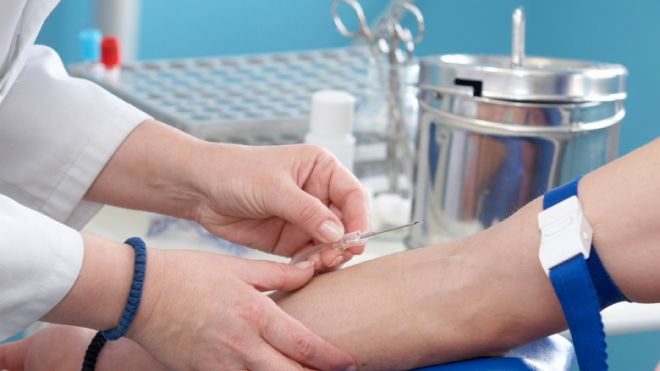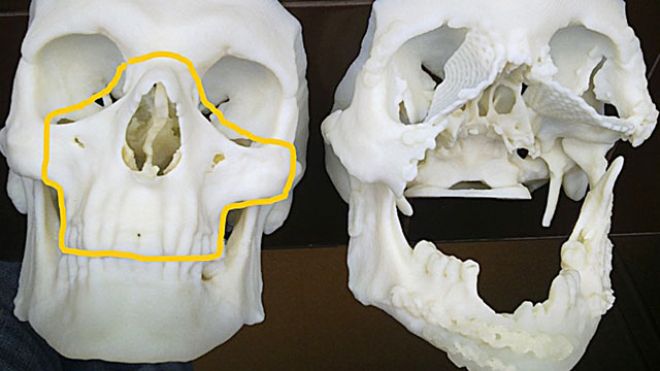Is there a hidden scandal lurking in ObamaCare?
America, we are in trouble – and we better wake up and act.   Just look at the state of affairs in our country today.  We are seeing scandal after scandal, with the Benghazi controversy, the IRS targeting of conservative groups, and the freedom of the press being challenged by the Department of Justice. The word scandal is defined by the Oxford Dictionary as “an action or event regarded as morally or legally wrong and causing general public outrage.”  I think the implementation of ObamaCare fulfills that definition. I remember back in 2010 when then-Speaker of the House Nancy Pelosi made her infamous remark about the Affordable Care Act, saying “we have to pass the bill so that you can find out what’s in it....” Well the bill has been passed, and now we see what’s in it: An utter mess with incomprehensible rules. If we compare the assertions the president made about ObamaCare when it was first introduced to the current bill as it has been passed today, we find that all the president’s guarantees regarding ObamaCare are not there.   The truth of the matter is that we were not fully informed.  For example, President Obama maintained that this bill would lower the cost of health care, especially in regards to insurance premiums.  That is simply not true.  Many different analyses clearly show that in some markets, insurance premiums can increase as high as 30 to 40 percent. One of the main reasons for this increase can be attributed to all the hidden taxes that this bill contains, which the insurance industry will likely pass on to consumers.   Another false guarantee given by the administration was that individuals would be able to keep their doctors and current level of service through ObamaCare.  Again, this is not true. The so-called insurance exchanges being set up in many states by the federal government will most likely create a non-competitive environment, meaning patients who cannot afford other types of insurance will be forced to buy insurance from the government.  And if their current doctors are not willing to participate in that single-payer health care system, these patients will ultimately lose the guarantee of keeping their own doctors. So what does this all mean? It means that if everything goes according to the president’s plan, the health care landscape is going to completely change over the next decade. A potential scenario is that private doctors will be employees of one large health care system. Health standards such as maintaining an ideal weight and eliminating habits like drinking alcohol and soda will be placed on families so that they can qualify for health care.  So in other words, your individual freedom will be targeted. I know many people argue that it’s better if everyone has health insurance and maintains a healthy lifestyle.  Yes it is, but I still believe that an individual’s health care should not be dictated by the government. Instead it should be a choice made by the individual and his or her health provider. Many senior politicians and consultants have found as of late that ObamaCare is a train wreck.  And yet, the person in charge of implementing ObamaCare, United States Secretary of Health and Human Services Kathleen Sebelius, continues to drive the train forward.  Rather than work with leaders who are suggesting changes ,she has decided to enlist the help of the private sector in getting donations to help fund ObamaCare.   Many have questioned this move, but one thing Secretary Sebelius knows is how to organize her community of followers.  Recently, she has teamed up with Nancy-Ann DeParle, former director of the White House Office of Health Reform, placing her in charge of asking insurance companies to donate $1 million or more to Enroll America, a non-profit organization promoting enrollment in the subsidized insurance markets, according to a report from Politico. You see, folks, ObamaCare is all about politics and control, and to me, that is a formula for disaster.  This is something that should not be taken for granted but rather openly evaluated by the American public.source : http://www.foxnews.com/health/2013/05/29/is-there-hidden-scandal-lurking-in-obamacare/







